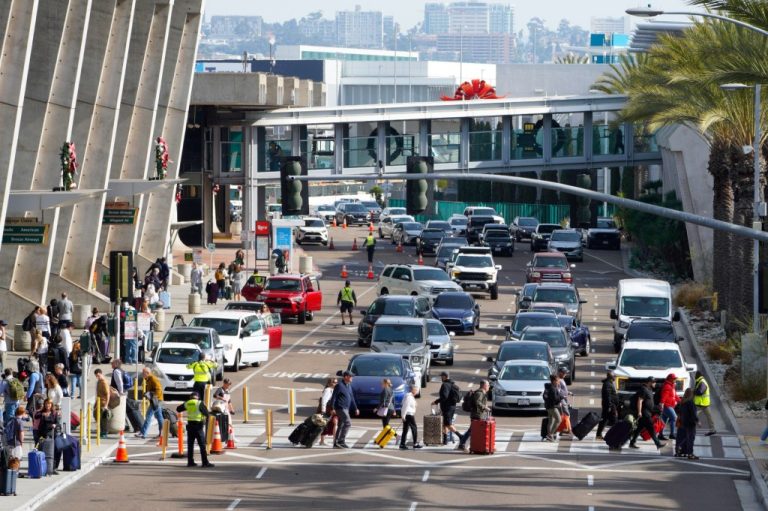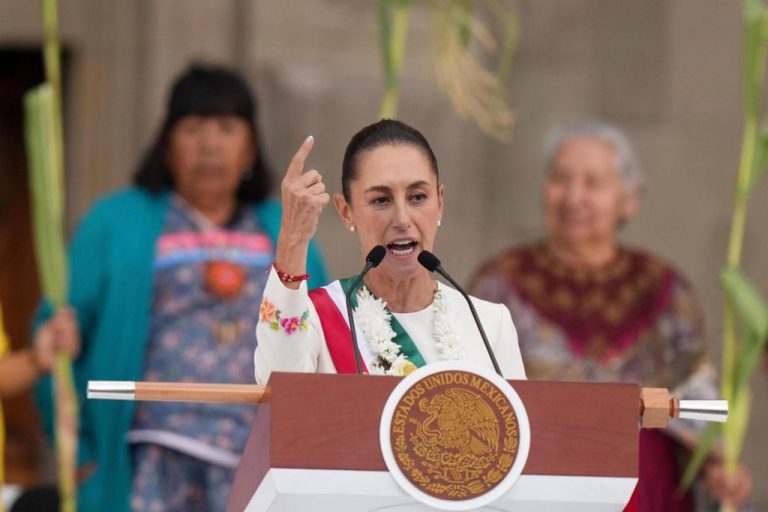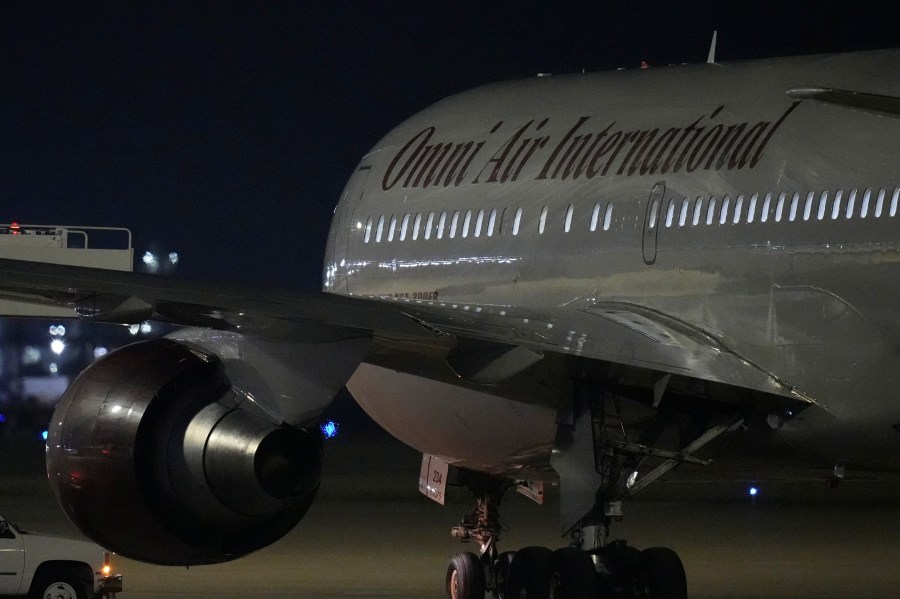
Nov. 9-10, 1938, stands as a somber date in history, marking one of the most heinous episodes of violence and persecution against the Jewish community during the Nazi era.
The events of these two fateful nights, known as Kristallnacht or the “Night of Broken Glass,” unfolded across Nazi Germany and have left an indelible mark on the collective memory of humanity.
On this solemn anniversary, we delve into the details of Kristallnacht, examining its origins, the harrowing experiences of the Jewish community, the international reactions, and the enduring legacy of this dark chapter.
For years, the anniversary was an opportunity for the world to reaffirm its commitment to ensuring that such atrocities were never repeated. In light of the Hamas terrorist attack on Israel on Oct. 7, the Kristallnacht anniversary is a vivid reminder that hatred, prejudice and intolerance still exist in today’s world.
What is Kristallnacht?
Kristallnacht, also known as the “Night of Broken Glass,” was a violent pogrom that took place in Nazi Germany from the evening of Nov. 9 to the early hours of Nov. 10, 1938.
The story of Kristallnacht begins with the assassination of Ernst vom Rath, Nazi diplomat and the third secretary of the German Embassy in Paris.
On Nov. 7, 1938, Herschel Grynszpan, a 17-year-old Polish-Jewish refugee, bought a gun and went to the German Embassy in Paris. He entered Rath’s office and shot at him five times, striking him twice and mortally wounding him. While Grynszpan intended on no specific target, he sought to make a point the world could not ignore. Without knowing Rath’s name or German nobility, he acted in desperation and protest against the plight of his family, who had been expelled from Germany to Poland.
Rath’s death on Nov. 9 served as the pretext for the ensuing violence, as the Nazi regime, led by Adolf Hitler, seized it as an excuse to unleash a wave of brutality against the Jewish community.
In his initial reaction to the assassination, Hitler proclaimed, that the Jewish people would be held responsible for the crime. This declaration marked the beginning of a well-orchestrated plan to incite violence and terror across Nazi Germany, targeting Jewish individuals, businesses, synagogues and homes.
The Nazi-provoked attack resulted in at least 91 Jews being killed, 30,000 arrested and sent to concentration camps and 267 synagogues burned, broken into and destroyed, according to the National WWII Museum.
NAZI GERMANY SURVIVOR REACTS TO HAMAS ATTACK, SURGE IN ANTISEMITISM: THIS IS EXACTLY WHAT HAPPENED IN 1938
How did Kristallnacht impact the Jewish community?
Kristallnacht had a devastating and far-reaching impact on the Jewish community. It is often termed as “the start of the Holocaust” as tens of thousands of Jews were sent to Dachau, Buchenwald, Sachsenhausen and other concentration camps.
Later, over six million Jews would be killed during the Holocaust.
Beyond the immediate physical destruction of Kristallnacht, it instilled fear and trauma among Jews, many of whom realized that their lives were in grave danger. The pogrom was a grim foreshadowing of the horrors of the Holocaust, which would see the systematic genocide of six million Jews and millions of others.
- Vandalism and looting: The violence included widespread looting and vandalism of Jewish-owned businesses. Shops and storefronts were destroyed, with their goods and merchandise pillaged and strewn across the streets.
- Synagogue burnings: Many synagogues were set ablaze, including historical and revered places of worship. The fires symbolized the obliteration of Jewish religious and cultural heritage.
- Physical violence: Jews were subjected to brutal beatings and even murder. The streets were marred by scenes of violence, with countless Jewish families facing terror in their own homes.
THE SCOURGE OF ANTISEMITISM IS NOW GLOBAL AND INESCAPABLE
Many Jewish businesses were ruined, homes were destroyed, and synagogues lay in ruins. The psychological and emotional scars from this night continued to haunt survivors for years to come. The world began to recognize the dire plight of Jewish refugees and the necessity of finding safe havens for those fleeing persecution.
The name “Kristallnacht” itself is derived from the shattered glass from the windows of Jewish-owned businesses, synagogues and homes that were broken and destroyed during the pogrom. The shattered glass was not only a symbol of the physical damage but also a reflection of the shattered lives and dreams of the Jewish community. The violence was not limited to Germany alone but also occurred in Austria and the Sudetenland, regions that had been annexed by Nazi Germany.
What was the international reaction to Kristallnacht?
Kristallnacht provoked strong international reactions, as the world became aware of the brutal realities of Nazi Germany. News reports and photographs of the destruction and violence were widely disseminated, leading to strong disapproval from many. Governments and individuals across the globe began to call for action to aid Jewish refugees and pressure Nazi Germany to cease its persecution.
When asked about the tragic events of Kristallnacht on Nov. 11, 1938, President Franklin D. Roosevelt told reporters at a press conference, “No, I think not,” according to History.com.
“You had better handle that through the State Department,” he added. It wasn’t until Nov. 15 that FDR took action but indicated the U.S. had no plans to support Jews seeking refugee outside of Germany.
- Widespread condemnation: The international community widely condemned the events of Kristallnacht. Many nations and leaders expressed their outrage at the brutal actions of the Nazi regime.
- Calls for action: As a response to the atrocities, there were calls for action to aid Jewish refugees and pressure Nazi Germany to cease its persecution of the Jewish community.
- Worldwide awareness: The events of Kristallnacht brought the dire situation of Jewish refugees to the forefront of world awareness. The necessity of finding safe havens for those fleeing persecution became a global concern.
While the international response was a crucial turning point in acknowledging the severity of the situation, it was regrettably insufficient in preventing further horrors. The outbreak of World War II in 1939 and the reluctance of many nations to accept Jewish refugees hindered efforts to provide sanctuary for those in need.
Kristallnacht highlights the importance of collective responsibility and international action in the face of atrocities. It underscores the significance of standing up against bigotry and discrimination, as well as the duty to protect the rights and dignity of all individuals.
What legacy and lessons were a result of Kristallnacht?
- Unchecked hatred and discrimination: Kristallnacht illustrates the dangers of unchecked hatred, discrimination and intolerance. It reminds us that such acts of violence can escalate rapidly if not confronted early and decisively.
- Collective responsibility: The events of Kristallnacht underscore the importance of collective responsibility and international action in the face of atrocities. It emphasizes the significance of standing up against bigotry and discrimination and the duty to protect the rights and dignity of all individuals.
- Raising global awareness: Kristallnacht played a pivotal role in raising global awareness about the plight of Jewish refugees. It emphasized the necessity of providing safe havens for those fleeing persecution.
ITALIAN LAWMAKERS UNANIMOUSLY APPROVE $10.5M TO BUILD LONG-DELAYED HOLOCAUST MUSEUM IN ROME
As we commemorate the anniversary of Kristallnacht, it is imperative to reflect on the lessons this dark chapter of history imparts. The horrors of that night illustrate the dangers of unchecked hatred, discrimination and intolerance. They serve as a stark reminder that such acts of violence can escalate if not confronted early and decisively.
Kristallnacht is considered a turning point in the history of the Holocaust and stands as a somber reminder of the consequences of hatred and prejudice. It played a pivotal role in raising global awareness about the plight of Jewish refugees and the need to provide them with sanctuary.
CLICK HERE TO GET THE FOX NEWS APP
The anniversary of Kristallnacht is an occasion to remember the victims of that night and to honor the resilience of the Jewish community. It is a time to rededicate ourselves to the principles of compassion and human rights, and to ensure that the lessons of history are never forgotten.
Antisemitism across the globe has skyrocketed since the terrorist attacks on Israeli civilians by Hamas. It is crucial, to avoid remaking history, that individuals stand up to antisemitism across the globe and remember the freedoms of Jewish people and the acts of violence, like Kristallnacht, that ensued as a result of one teenage boy rising up against hateful and violent acts toward Jewish people.








